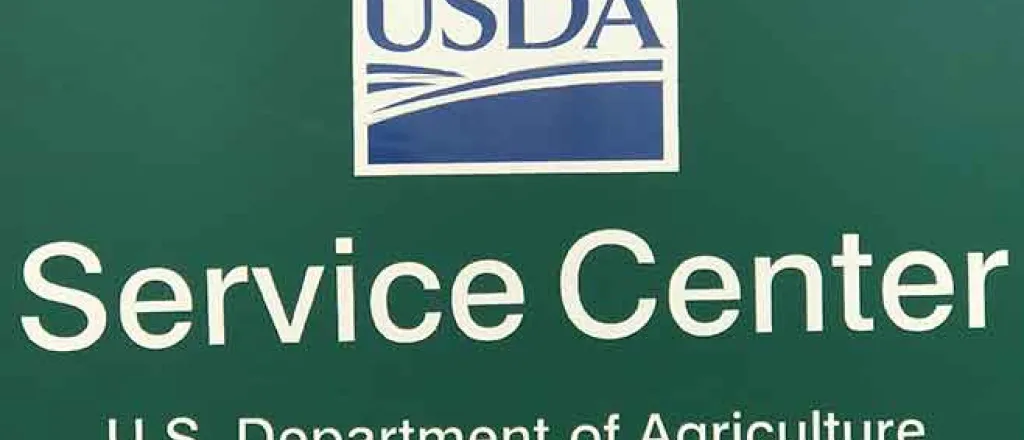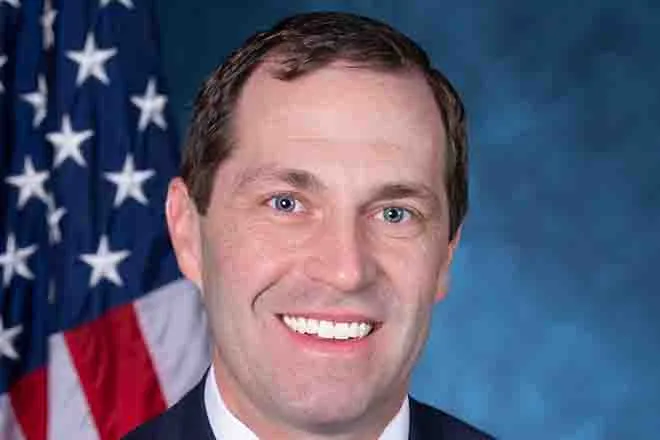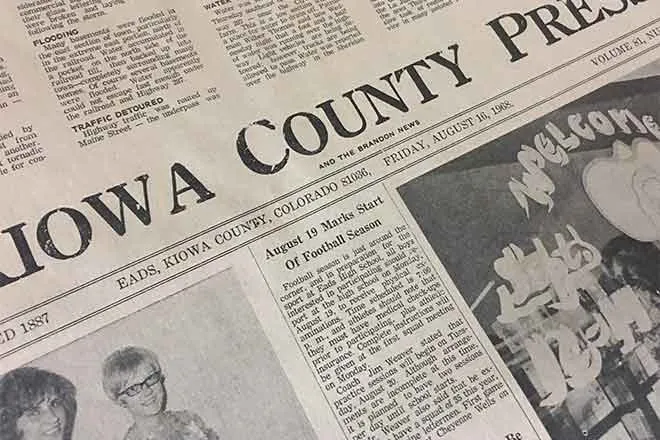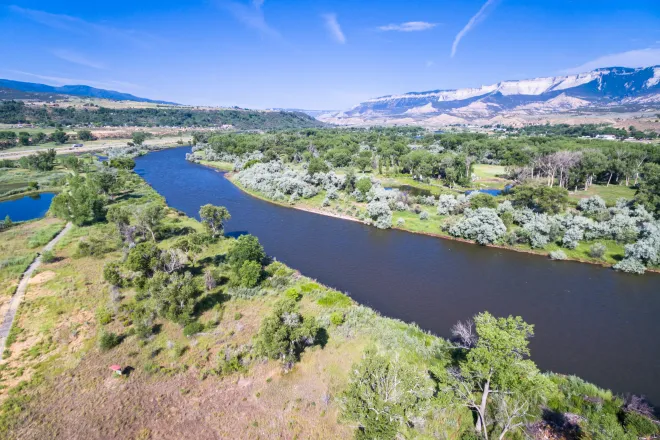
USDA Update – October 7, 2022
IMPORTANT DATES TO REMEMBER
- SERVICE CENTER CLOSED - Friday, November 11, 2022 - Veteran’s Day Holiday
- FALL REPORT OF ACREAGE DEADLINE- November 15, 2022.
- NAP APPLICATION DEADLINE - Grass and Alfalfa - December 1, 2022
- 2022 LIVESTOCK FORAGE PROGRAM – Applications are being accepted. Deadline to submit signed application – January 30, 2023.
Disclaimer: Information in this UPDATE is pertinent to Kiowa County FSA only. Producers reading this and that do not have FSA interest in Kiowa County are advised to contact their local FSA Office.
THE USDA SERVICE CENTER HAS A DROP BOX AVAILABLE ON THE EAST SIDE OF THE BUILDING.
NRCS in Colorado Now Accepting Applications for Conservation Funding Opportunities
EQIP and CSP Applications due to NRCS by December 2, 2022
Clint Evans, USDA’s State Conservationist for the Natural Resources Conservation Service (NRCS) in Colorado announced, funding opportunities for the Environmental Quality Incentives Program (EQIP), and the Conservation Stewardship Program (CSP). Producers who are interested in participating in these financial assistance opportunities are encouraged to contact their local NRCS office as soon as possible to discuss developing a conservation plan for your conservation project. This will help NRCS identify which funding opportunities fits the project best. Although NRCS accepts Farm Bill program applications throughout the year, to be eligible for this round of funding, EQIP and CSP applications must be submitted by December 2, 2022.
Producers, landowners, and forest managers interested in applying for assistance should contact their local Colorado NRCS field office located in the USDA Service Center that services their County. Producers must have farm records current with the Farm Service Agency (FSA) and submit a complete program application to NRCS to be considered for financial assistance through EQIP and CSP.
EQIP is a voluntary Farm Bill program which provides financial assistance for conservation systems such as animal waste management facilities, irrigation system efficiency improvements, fencing, water supply development, riparian protection, and wildlife habitat enhancement. In addition to "classic EQIP funding", NRCS in Colorado also offers FY-2023 funding for ACT NOW initiatives.
"This is our first year implementing ACT NOW initiatives," said Clint Evans, NRCS State Conservationist for Colorado. "This is a streamlining effort that allows producers the opportunity to apply for applicable EQIP funding. Those applicants who have fully established eligibility records with the FSA have the potential to know if their project will be funded in an shorter time frame."
Through CSP, agricultural producers and forest landowners earn payments for actively managing, maintaining, and expanding conservation activities like cover crops, ecologically-based pest management, buffer strips, and pollinator and beneficial insect habitat – all while maintaining active agriculture production on their land. CSP also encourages the adoption of cutting-edge technologies and new management techniques such as precision agriculture applications, on-site carbon storage and planting for high carbon sequestration rate, and new soil amendments to improve water quality.
"CSP helps farmers, ranchers, and forest landowners that are already stewardship-minded take their operations to a higher level of conservation and stewardship," Evans goes on to say. "Program participants earn annual payments enabling them to expand and adopt new conservation activities while maintaining and strengthening their agricultural operation and its production goals. Landowners looking to improve grazing conditions, increases soil health, or develop wildlife habitat will find CSP is a financial assistance program worth consideration."
Inflation Reduction Act Section 22006
First Phase of Assistance for Distressed Borrowers
Overview
On August 16, 2022, President Biden signed the Inflation Reduction Act (IRA) into law. Section 22006 of the IRA provided $3.1 billion for USDA to provide relief for distressed borrowers with certain Farm Service Agency (FSA) direct and/or guaranteed loans and to expedite assistance for those whose agricultural operations are at financial risk. USDA is implementing this provision with the goals of keeping borrowers farming, removing obstacles that currently prevent many borrowers from returning to their land, and improving the way that USDA approaches borrowing and loan servicing in the long-term. For many farmers, including those who have been hard hit by pandemic-induced market disruptions exacerbated by more frequent, more intense, climate-driven natural disasters, this assistance is vital if they are to continue producing the food, fiber, and fuel that are essential to the well-being of not only our rural communities but our Nation as a whole.
First Phase: How It Works
Automatic Assistance
USDA has already provided nearly $800 million in assistance to distressed borrowers to help cure delinquencies and resolve uncollectable farm loan debts, including:
Nearly $600 million in payments to the accounts of approximately 11,000 borrowers who were 60 or more days delinquent on their FSA direct or guaranteed loan, as of September 30, 2022. For direct loan borrowers, the assistance includes payments to make their loans current and to cover their next annual installment. For guaranteed borrowers, these payments were equal to the amount the borrower was delinquent as reported in their most recent report from their lender and may require an additional true-up.
Just over $200 million in payments to resolve the remaining debts for approximately 2,100 borrowers who had their loan collateral liquidated but had remaining debt that was or was due to be referred to the Department of Treasury for offset or collections. This action will mean that these borrowers will no longer face garnishment of their tax refunds, social security benefits, or other Federal benefit payments.
With the announcement of this assistance on October 18, 2022, USDA also began a process to provide approximately $66 million in payments from available pandemic assistance funds to provide similar levels of assistance to direct loan borrowers who used disaster set-aside as an option in response to the COVID-19 pandemic. Up to 7,000 borrowers who were struggling to make their scheduled direct loan payment during the pandemic and used disaster
set-aside to delay their payment to the final maturity date of their loan will automatically receive a payment for the set-aside amount that remains outstanding.
Case-by-Case
Following the initial automatic payments, about 1,600 farm loan borrowers with more complex cases, including borrowers facing bankruptcy and foreclosure, with delinquencies of about $330 million can receive similar assistance to cure delinquencies and, if a direct
loan borrower, cover their next annual installment. These accounts will require manual, case-by-case review by the FSA. The aid provided in these cases may vary based on the necessities of the case and may include additional payments to resolve foreclosure fees.
Another case-by-case process as part of the October 18, 2022, announcement adds an option under existing loan servicing procedures that are used to identify whether an operation has sufficient cashflow to make the next loan installment payment (also known as financially distressed borrowers under existing FSA procedures). USDA will provide new assistance upon borrower request to cover the next installment that is due for qualifying borrowers facing these cashflow challenges. USDA estimates that up to 14,000 borrowers may qualify for estimated assistance of $175 million. Direct loan borrowers will also be reminded of the process to initiate a review of sufficient cashflow that triggers potential assistance.
What’s Next
This first round of payments is focused on “stopping the bleeding” and helping to ensure distressed farm loan borrowers can stay in or re-enter the business of agriculture and continue feeding their communities. The October 18 announcement is just the first step to provide assistance to distressed farm loan borrowers. This effort will ultimately also include adding more tools and relaxing unnecessary restrictions by leveraging the remaining assistance made available by Congress through the IRA. Further assistance and changes to the approach will be made in subsequent phases.
Learn More
For more information:
Visit farmers.gov/inflation-reduction- investments;
Contact the FSA call center at
877-508-8364 between 8 a.m. and 7 p.m. Eastern.
Related to tax resources, visit farmers. gov/taxes
















